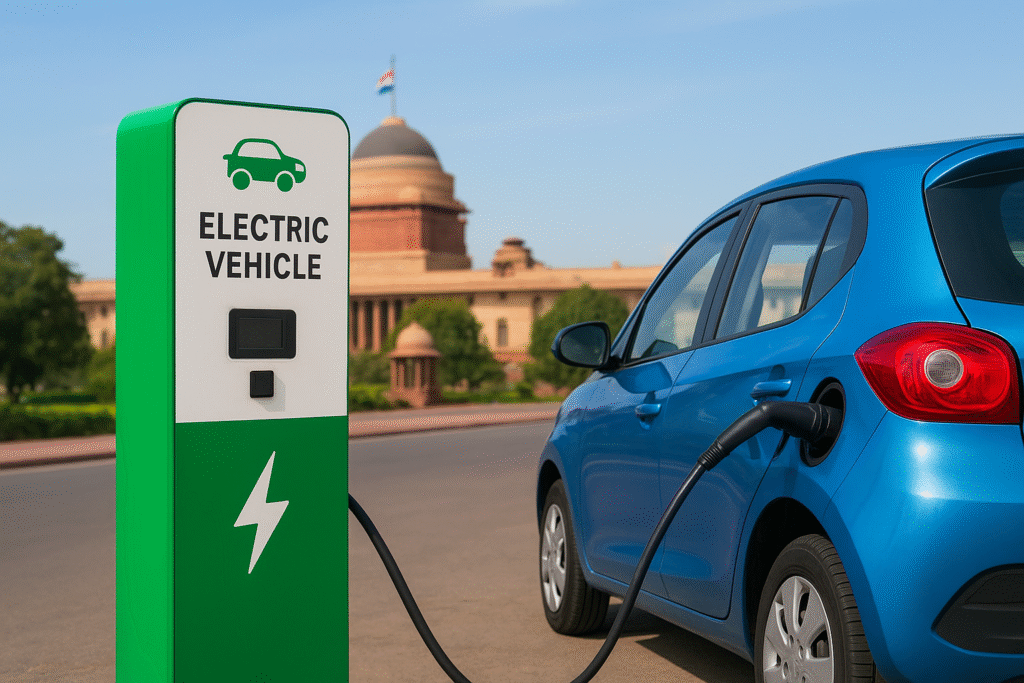India’s electric vehicle (EV) industry is growing rapidly, but the journey is not without roadblocks. While government incentives, rising fuel costs, and awareness of sustainability are driving adoption, several key challenges are slowing down the pace. Let’s look at the major issues facing EVs in India today.
Resale Value & Financing Problems
One of the biggest hurdles for EV buyers is low resale value. Unlike petrol or diesel cars, used EVs often fetch much lower prices due to concerns over battery life and replacement costs.
Banks and NBFCs are also cautious in offering loans for EVs, especially two-wheelers, leading to higher interest rates or outright rejection. This lack of financial confidence discourages potential buyers.
Declining Two-Wheeler Sales in Some States
While EV four-wheelers are slowly growing in numbers, electric two-wheeler registrations in Karnataka dropped recently despite subsidies. Factors like reduced discounts, poor charging networks in smaller towns, and service limitations are discouraging buyers.
This is concerning, as two-wheelers are the backbone of India’s mobility sector.
Charging Infrastructure Gaps
India still struggles with a limited charging network, especially in semi-urban and rural areas.
Many EV owners in cities rely on home charging, but not everyone has parking space with electrical access.
Fast-charging stations are still rare outside metros.
Long charging times make EVs less practical for inter-city travel compared to petrol/diesel vehicles.
High Battery Costs & Replacement Concerns
Batteries make up 30–40% of an EV’s cost, and replacement can be very expensive.
With limited local production of lithium-ion cells, India relies heavily on imports, making costs volatile. Buyers fear battery degradation, which affects range, resale value, and long-term ownership costs.
Policy Uncertainty & Subsidy Reductions
Government support under schemes like FAME-II helped boost EV sales. However, recent cutbacks in subsidies for two-wheelers have impacted demand. Consumers and manufacturers alike remain uncertain about long-term policy consistency, which affects planning and investments.
Awareness & Misinformation
Many buyers are still confused about EVs, believing they:
Cannot handle long drives (though newer models offer 300–500 km range).
Are unsafe compared to petrol vehicles.
Have no resale market (partly true, but improving).
This lack of awareness—combined with misinformation on social media—slows adoption.
The Indian EV market has strong growth potential, but it faces serious challenges—financing issues, resale value concerns, charging infrastructure gaps, and subsidy reductions being the most urgent.
With better infrastructure, consistent policies, local battery production, and awareness campaigns, India can overcome these hurdles and make EVs a mainstream choice for mobility.

